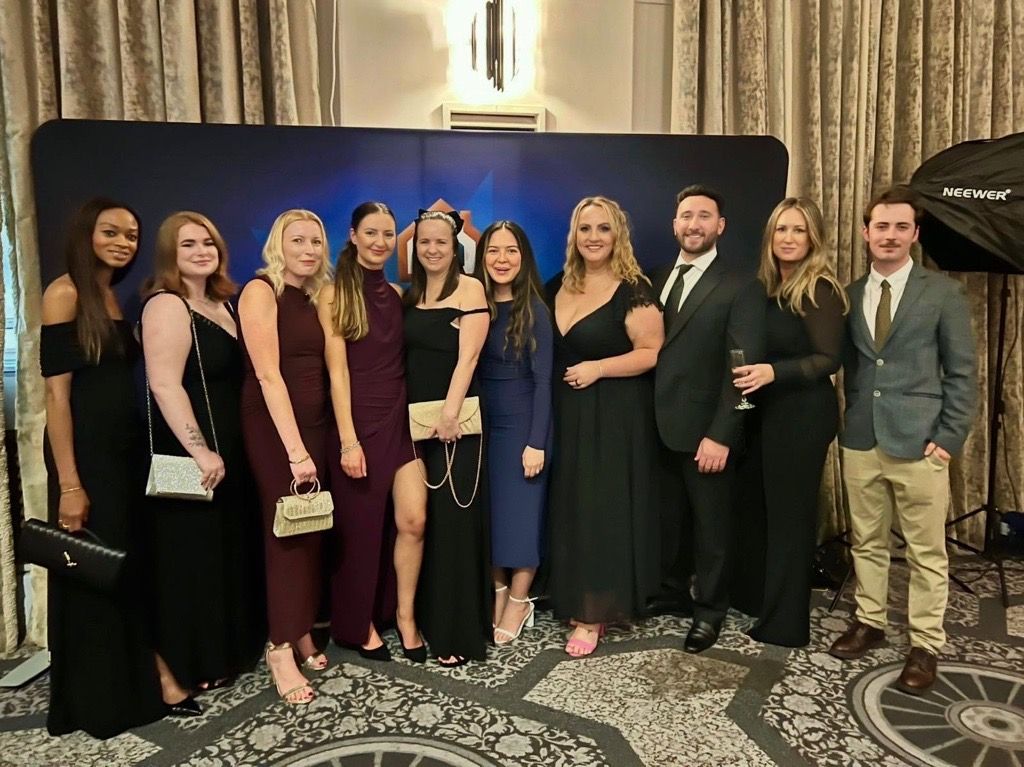Take Control of Workplace Departures Legally and Effectively

In his latest insight, Richard Hiron discusses how to effectively manage Workplace Exit Strategies. Whether you're dealing with an underperforming team member or facing a dispute, understanding when to use a protected conversation versus a without-prejudice discussion can save your business time, money, and potential legal issues.
This guide aims to help UK employers and managers better understand the Employee Exit Process with confidence and care.
Why Getting Exit Negotiations Right Matters
There is a famous quote often attributed to author C.S. Lewis, brought together from themes in his work. It goes like this: “You can’t go back and change the beginning, but you can start where you are and change the ending”.
It’s an interesting idea, but in the realm of employment law and employment processes, it can take time and money to achieve, and much more so than simply ensuring that the beginning is correct from the get-go.
At Woodstock Legal Services, we regularly support businesses that have attempted to hold an exit conversation without fully understanding the legal framework. When misused, these conversations can lose legal protection and later become part of the evidence reviewed by an employment tribunal.
This is why it is important to understand whether a protected conversation or a without-prejudice conversation is appropriate, and when you can minimise risk and manage employee departures legally, respectfully, and efficiently.
What Is a Protected Conversation – And When Can You Use One?
A protected conversation, under Section 111A of the Employment Rights Act 1996, allows employers to have off-the-record discussions with an employee about ending their employment, but it only applies in specific circumstances.
Protected Conversations Only Shield Against Unfair Dismissal Claims
At the time of writing, employees in the UK need two full years of continuous service to claim unfair dismissal. This may change in 2026 when the government proposes to make unfair dismissal a day-one right under the proposed Employment Rights Bill.
A protected conversation can only be used when an unfair dismissal is the only potential claim. If the employee could suggest that there was discrimination, whistleblowing, unlawful deduction of wages, breach of contract, or automatically unfair dismissal, then the conversation would not be protected and could be disclosed in court or a tribunal.
Use Protected Conversations Carefully
Some situations where a protected conversation may be appropriate include:
• Performance management processes
• Redundancy discussions
• Conduct or capability issues
• Certain “some other substantial reason” dismissals
However, the strength of a protected conversation should never be assumed. Employers are often surprised to learn that protection fails if any part of the conversation falls outside of the strict scope. This is why you should always seek professional legal advice before relying on this route.
When to Use a Without Prejudice Conversation Instead
If a dispute has already arisen, or if one seems likely, you may need to hold a without prejudice conversation instead. This type of conversation allows parties to explore settlement without fear that the discussion will be used as evidence in legal proceedings.
What Counts as a Dispute?
This can be a grey area. A grievance or disciplinary action on its own might not count. However, if the issue is serious enough that either party is contemplating legal action, then it may constitute a dispute. For example:
• A disciplinary process that could end an employee’s career
• Ongoing issues that might lead to a claim of constructive dismissal
• Raised grievances involving potential discrimination or harassment
When a genuine dispute exists, a without prejudice discussion can give employers broader legal protection across multiple potential claims, not just unfair dismissal.
Why You Should Never Mix Up the Two
It’s tempting to try and combine both protections, but this is a legal trap. Phrases like “This is a without prejudice, protected conversation under Section 111A,” create more confusion than clarity. Using both labels simultaneously doesn’t double your protection; it could cancel both out, leaving you fully exposed in a tribunal.
Instead, conduct a careful analysis of your situation to determine which option applies. If you’re unsure, please feel free to give Woodstock Legal Services a call or email.
Avoiding the Cost of Getting It Wrong
A poorly handled employee exit process can come back to haunt you. Not only could you face legal claims, but even a signed settlement agreement can be challenged if it's later revealed that the conversation wasn't protected.
In some cases, mismanagement can lead to reputational damage, especially if tribunal decisions, often published online, name your business.
Taking a few extra steps at the beginning can ensure you have the correct approach to Workplace Exit Negotiations, helping to protect your brand, finances, and peace of mind.
Final Thoughts – Take Control of the Ending
Ending the employment relationship doesn't have to be messy. With the right structure, support, and language, exit negotiations can be managed respectfully and effectively for everyone involved.
Whether you're considering a settlement agreement, planning to hold a protected conversation, or investigating a workplace dispute, remember that the best results come from getting it right from the start.
Specialist Advice for Employers from Woodstock Legal Services
Workplace exit strategies are often emotionally charged, but with the right legal support, they don’t have to be risky.
Woodstock’s consultant, Richard Hiron, has a lot of experience helping UK employers manage exits the right way. Whether you need help preparing for a protected conversation, evaluating the risks of a without prejudice discussion, or drafting a settlement agreement, Woodstock is here to support you.
If you’re looking for practical, no-nonsense employment law advice, get in touch with Richard Hiron, Consultant Solicitor, at r.hiron@woodstocklegalservices.co.uk or fill out the form below.
Contact Us
News & Insights











